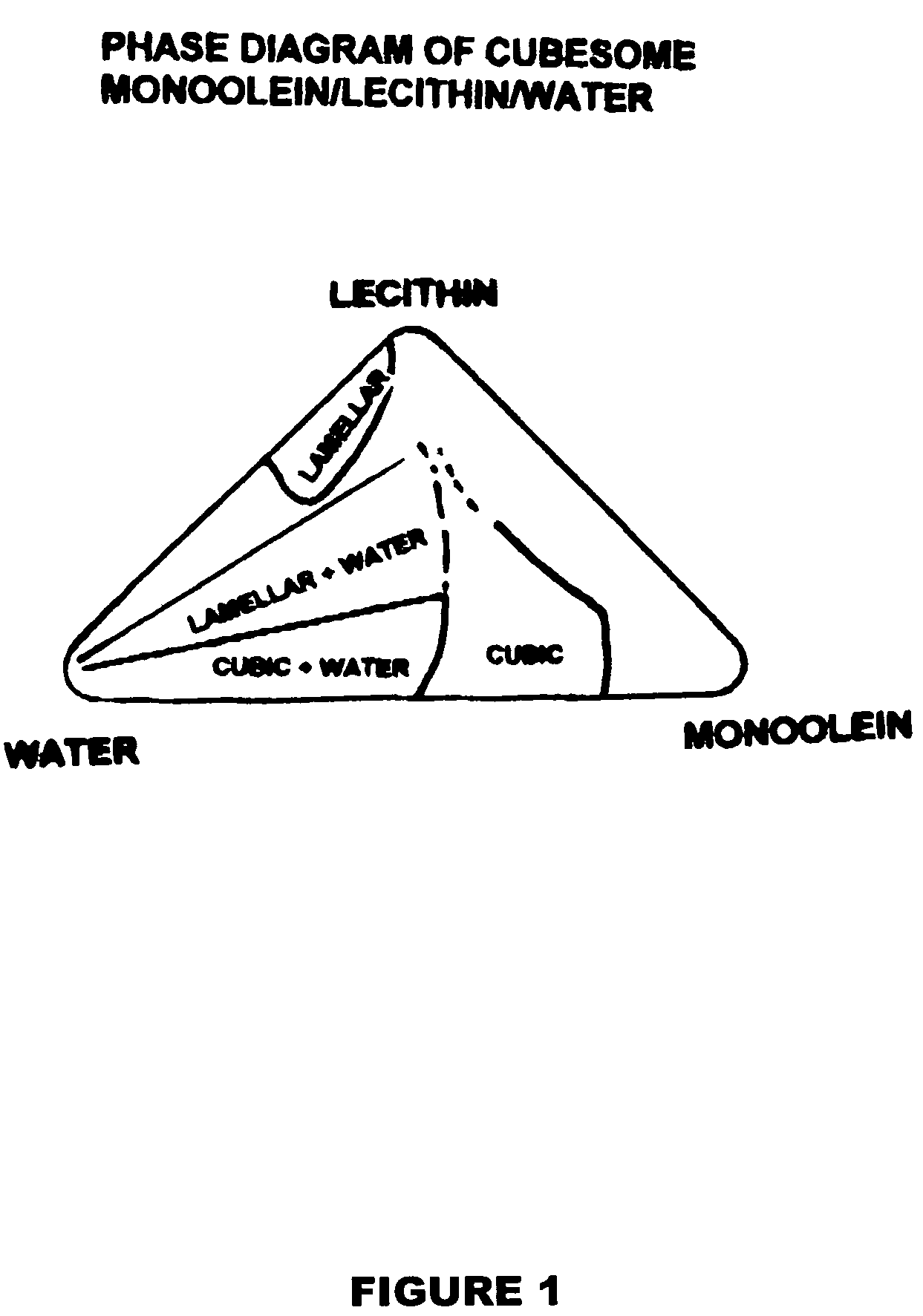Compositions and methods of crop protection
a technology of compositions and crop protection, applied in the field of compositions and methods of crop protection, can solve the problems of animal responsible for costly and unsightly damage to vegetation, and achieve the effect of optimizing the bioavailability, the rate of release and the delivery pattern
- Summary
- Abstract
- Description
- Claims
- Application Information
AI Technical Summary
Benefits of technology
Problems solved by technology
Method used
Image
Examples
examples
I. Making the Animal Repellant Composition
[0099]A. Extract Composition: Five Narcissus bulbs were finely chopped in a cuisinart mini-prep food processor so as to increase the extracting surface area of the bulbs. The chopped bulbs were then added to a 4 liter erlenmeyer flask containing 1000 ml of 190 proof ethyl alcohol, 5 ml of IGEPAL CA 630 (Nonoxynol-9-surfactant) and 30 g of dry citric acid monohydrate. The solution and bulb chips were vigorously and continuously stirred with a magnetic stirrer for twelve hours at 100° F. At the end of the extraction, the alcohol / surfactant / acid supernatant solution was passed through a 500 μl sieve (USA standard testing sieve no: 35) and the solution was allowed to cool to ambient temperature. The chopped extracted bulb material was discarded while the extract solution was used as the extract composition.
[0100]B. Polymer / Extract Composition: The sodium salt of carboxymethylcellulose (CMC) is a high polymer. 2 grams of medium viscosity CMC were...
PUM
| Property | Measurement | Unit |
|---|---|---|
| temperature | aaaaa | aaaaa |
| isobaric pressure | aaaaa | aaaaa |
| temperature | aaaaa | aaaaa |
Abstract
Description
Claims
Application Information
 Login to View More
Login to View More - R&D
- Intellectual Property
- Life Sciences
- Materials
- Tech Scout
- Unparalleled Data Quality
- Higher Quality Content
- 60% Fewer Hallucinations
Browse by: Latest US Patents, China's latest patents, Technical Efficacy Thesaurus, Application Domain, Technology Topic, Popular Technical Reports.
© 2025 PatSnap. All rights reserved.Legal|Privacy policy|Modern Slavery Act Transparency Statement|Sitemap|About US| Contact US: help@patsnap.com

